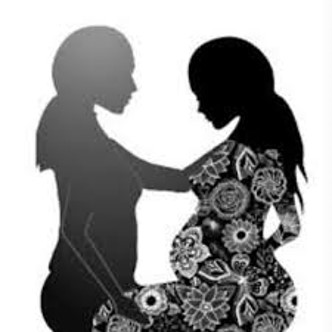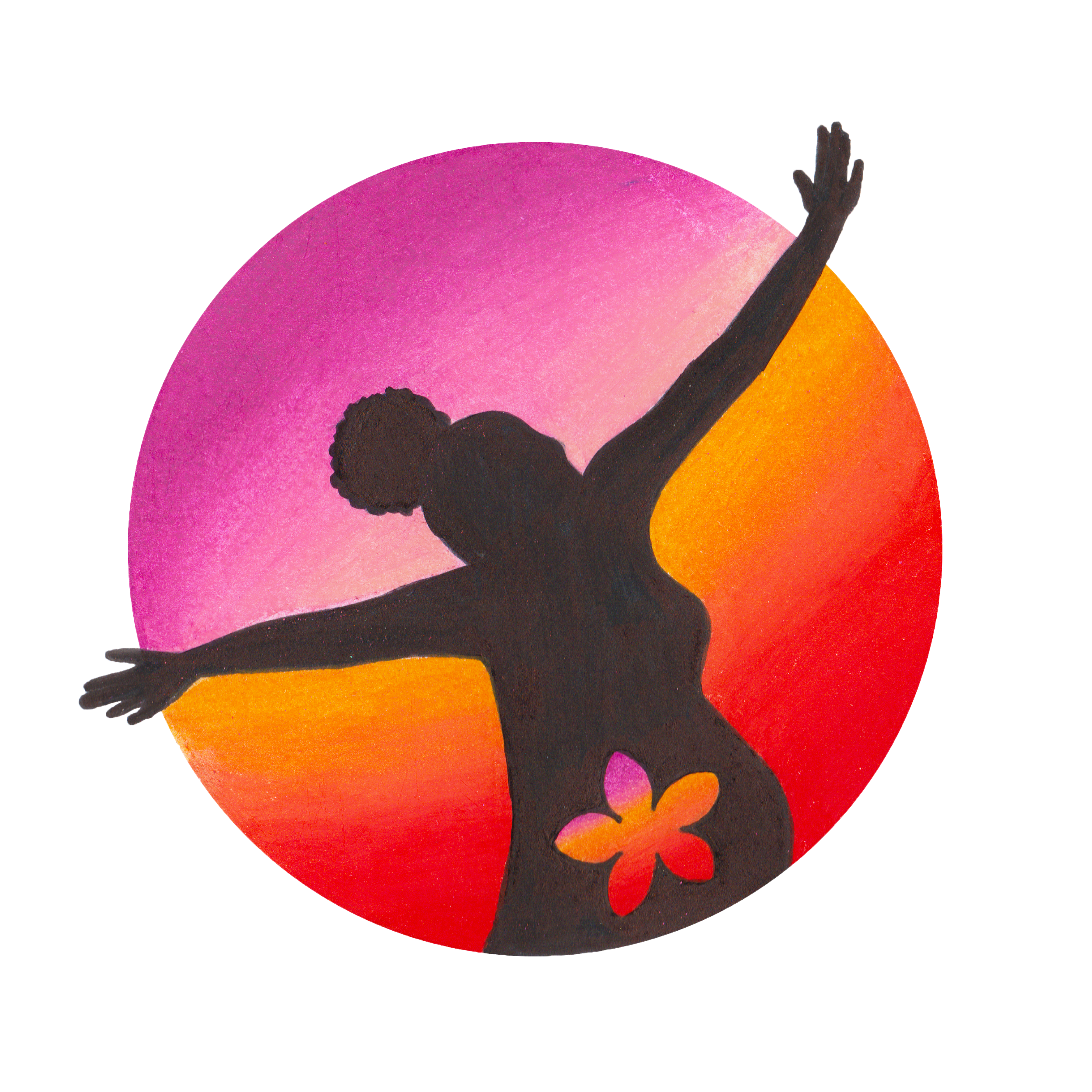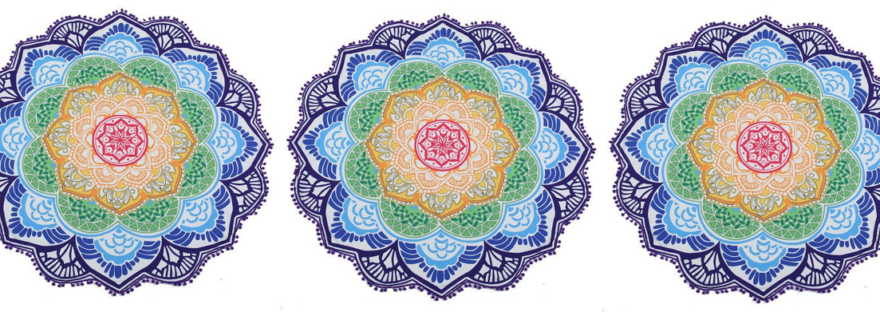Your due date is looming, and you’re doing everything you can to ignore those feelings of fear that are consuming your quiet moments. This is normal for most pregnant Moms. But how do you stop your fear/s from dominating your thoughts; those wakeful times during the early hours of the morning; and the essential alone time you need before Baby arrives?
The first step in dealing with birth fear is to identify it and understand it or find its source. Some people fear the pain of labour and giving birth, whilst others fear having medical interventions. Whatever your fear is, it’s real, and you need to deal with it if you want to have the beautiful birth you dream of having.
For some women the fear of giving birth can become so debilitating it manifests in serious physical conditions including panic attacks, severe vomiting, erratic blood pressure and depression. This is a medical condition known as “tokophobia” – a pathological fear of becoming pregnant or of giving birth. If you are one of these Moms, seek professional help immediately. Because, if you don’t, and you keep ignoring that severity of fear, it’ll cause you to have a traumatic birth experience, which in turn, may cause severe health and mental health disorders in the future.
However, if you’re like most Moms in their eighth month of pregnancy, whose thoughts are being consumed with anxious birthing concerns as the birth date gets nearer, then you’re needing to give voice to your fears with a trusted friend and confidante. Once you’ve given those fears airtime, reconcile the advice you were given, in some alone time. This private time is very necessary to overcome the source of your fear and empower yourself for the birth of your baby.
Let’s look at a few of the tried and tested techniques that are particularly effective for dealing with birth fears…
Talking about it…
Hopefully you’ve attempted the first, and one of the most effective methods, for dealing with fear – talking about it. Verbalizing your anxiety and worries very often puts the source of your fear into perspective, especially if you’re an auditory learner, you process things more effectively by hearing them. So, talk to your partner, close friend, doula or therapist about your worries. A word of caution though, be wary of who you confide in, because you don’t want to be told any birth horror stories, even if they are intended as consolation stories. In fact, you’d be doing yourself a favour to keep away from the scaremongers – they just feed your fear!
Journaling …
On the other hand, if you’re a visual learner then you process things better by seeing them, so, writing down your fears, as in journaling, will be just as effective for you.
Alone time…
Once you’ve given voice to your fears, and received some advice from your trusted people, it’s essential to reconcile your emotions in some alone time. This part of dispelling your fears is all too often left out, and it’s the most important part of fortifying your emotional and spiritual well-being for your birthing journey.
Whilst meditating use different breathing techniques…
Take 30 minutes in your day and find a safe place, where you’re close to, or in nature…if you can do this every day for the rest of your pregnancy, you’re sure to have a beautiful birth experience. Spend the time meditating and exploring different ways of releasing your birth fears. Whilst meditating use different breathing techniques to calm and control your anxiety. These techniques will be useful tools to use in the birthing room too!
Yoga Nidra technique of holding opposites…
During your meditation, practice the yoga nidra technique of holding opposites. This is a very effective mind balancing technique which was taught and practiced by yoga swamis for centuries. In recent years its benefits have been widely acknowledged and used by psychotherapists to treat post-traumatic stress disorder in many soldiers returning from war. The gist of holding opposites is to sit comfortably and quietly for a few moments. Close your eyes and bring to mind a fear you have regarding the birth of your baby. Welcome the fear without judgement. Identify the emotion associated with that fear. Don’t try to change the feeling – just allow yourself to acknowledge it and experience it. Now think of the opposite emotion. If it helps, recall a situation in which you were filled with this opposite emotion. Allow yourself to experience the fullness of this emotion. When you’re ready, think back to the fear and imagine holding it in one of your hands. Now place the opposite emotion in the other hand and hold the two emotions together, simultaneously experiencing each emotion. Now, allow the two emotions to neutralize each other as you bring your hands together in a prayer of thanks. Give thanks for the ability to do this exercise successfully and feel the power of peace that fills your body.
The Sedona Method of releasing your fears…
The Sedona method of “releasing” your fears is another a very effective method of dealing with fear. It’s based on the idea that we hold onto emotions as we would hold onto on object. And we identify with those feelings as being personal by saying things like, “I am scared” or “I am anxious”. Hale Dwoskin, the author of the Sedona Method, describes the basis of his Sedona method in the following way:
Your feelings are as attached to you just as an object is attached to your hand as you hold it. Without realizing it, we are misidentifying that we are the feeling. Often, we believe a feeling is holding on to us. This is not true… we are always in control and just don’t know it. “
– Hale Dwoskin : Author of The Sedona Method
So, we can let a feeling go, just as easily as we can
let go of an object we are holding in our hand. One simple way you can use the Sedona
method involves sitting comfortably and focusing your
thoughts inward. Bring the fear you have about your baby’s birth into your
awareness and welcome that feeling. Sit with that fearful feeling and answer
the following questions:
- What is it you’re afraid will happen?
- What is it you do not want to have happen?
- Could you let go of wanting that to happen?
- Now, let it go. Release that feeling of fear.
Let it go and feel the relief of release in your body.
It sounds too easy to be true, but don’t judge it before you’ve tried it!
Visualize your dream birth…
Another technique for releasing your fears is to visualize your dream birth. During your meditation visualize each part of your perfect birth experience, using each of your senses to make the visualization as real as possible. Now put that visualization onto “repeat” mode and play it over, every time a fear comes into your mind replace it with the visualization.
These are a few of many techniques you can use to dissipate your birth fears.
In the presence of calm and love, oxytocin is released into your body…
At the end of the day, releasing your birth fears will restore calm to your being. But most importantly, in the presence of calm and love, oxytocin is released into your body. Oxytocin is the magical and powerful hormone that stimulates your cervix to open, it causes your uterus to contract and it promotes lactation after your baby is born. Research has discovered there are many other roles oxytocin plays in our bodies and minds, so even if you’re having a c-section delivery, it’s essential for your body to be releasing a good supply of oxytocin to ensure a healthy bond is created between you and your baby. Amongst other functions, it also triggers protective instincts, it reduces stress and it induces sleep. Ultimately, the prerequisite to achieving a good supply of oxytocin for a beautiful birth, is to dispel your birth fears and to be in a love-filled state of calm during your birthing journey.
You can experience the essence of these techniques and more, in my birth empowerment eBook, Beautiful Birth Magnificent Mom… in 4 weeks.
Birth is the opportunity to transcend. To rise above what we are accustomed to, reach deeper inside ourselves than we are familiar with and to see not only what we are truly made of, but the strength we can access in and through birth.” ~ Marcie Maccri




